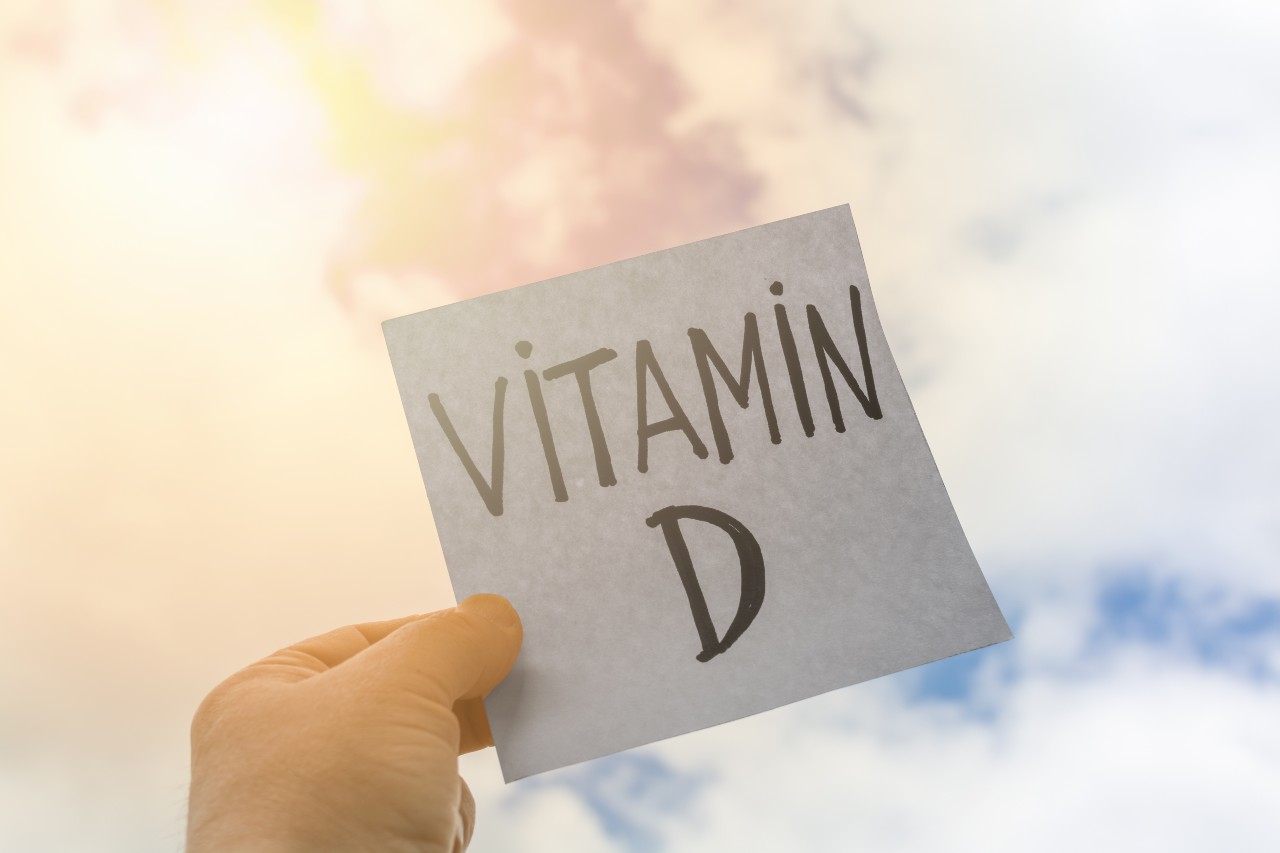Now that we are all emerging from the long COVID lock downs and finding ourselves getting back to relatively “normal” lives once again. Does it feel like the sun is finally shining down now? Speaking of the sun, we’ve got a question for you: Have you had your Vitamin D levels checked recently? We ask because it is typical for those emerging from the long days of winter with dark gray skies and less time outdoors to have lower than optimal vitamin D levels. Add the long season of lock down we just came out of and it just makes sense that your vitamin D might not be up to snuff. However, this isn’t the end of the road for your levels. Nope, spring has sprung you have more opportunities to safely soak up sunlight to bump up your low vitamin D levels.
What is Vitamin D?
Vitamin D is a nonessential nutrient that is vital for health. Don’t let the name “nonessential” fool you. We all need both essential and nonessential nutrients in order for our bodies to function properly. Essential nutrients cannot be synthesized by the body which means we must get them from the foods we eat and/or supplementation. Nonessential nutrients can be synthesized by the body and may also be found in foods.
Vitamin D deficiency is a huge problem.
Here in the United States, at least forty percent of the population has a deficiency in vitamin D. There are many reasons for this including the use of sunscreens, indoor lifestyles, obesity, and location.

Vitamin D and sunlight. What’s the deal?
The body creates vitamin D – a highly complex hormone – when sunlight is absorbed by the skin. Sunlight is essential for vitamin D production and the recent months of gray skies and more time indoors may be why your levels are low.
The formation of vitamin D begins when the skin comes in contact with sunlight. Interestingly, vitamin D isn’t just one chemical. It is actually several. When the ultraviolet B rays from the sun come into contact with the outermost layer of the dermis, a chemical reaction is initiated which turns 7-dehydrocholesterol into pre-vitamin D. From there, the vitamin D gets some assistance from the liver in order to become 25-hydroxyvitamin D, otherwise known as 25(OH)D. However, the wonder that is vitamin D doesn’t stop there. The next and final stop is for a little help from the kidneys where the ultimate transformation occurs.
What does Vitamin D do?
Vitamin D allows the body to absorb calcium which is essential for bone health. Malabsorption of calcium can lead to rickets in children and osteomalacia in adults. However, these diseases are virtually eradicated thanks to fortified foods and more awareness of the importance of vitamin D.
While vitamin D is most closely associated with calcium absorption, that is not all there is to this power player. There are vitamin D receptors are found throughout the body’s muscles, tissues, and organs located everywhere from the heart and intestines to the prostate. There are even receptors in blood vessels. Vitamin D helps reduce inflammation and plays a role in immunity amongst other processes necessary for health with research suggesting that it plays a role in cardiovascular disease and cancers as well as many chronic diseases.
How much sunlight do you need?
As we talked about earlier, the best way to get vitamin D is to spend a few minutes in the sun, 10-30 minutes, several times a week and let your body take care of the rest. However, it is important to remember that the rays of the sun can be harmful so don’t overdo it. If you plan on staying in the sun any longer than the recommended amount, be sure to protect your skin with sunscreen. We should also note that those with more pigmentation may require more UVAB rays to assist with vitamin D synthesis.
Where else can you get Vitamin D?
You can find vitamin D in some foods such as:
- Fatty fish – salmon, sardines, mackerel
- Cod liver oil
- Egg yolks
- Beef liver
- Some Mushrooms
You can also find it in many fortified foods such as dairy and plant milks, cereals, and orange juice. For many, supplementation may be the best route. However, the daily recommendation for adults over the age of 19 is 600 IU so keep this in mind to prevent over supplementing.
You can make changes!
You can make changes that will get your Vitamin D levels back up! If your vitamin D levels have been low as of late, there are things you can do right now to help get them back up to healthy levels. Spend a few minutes in the sun each day, but remember to stay sun smart. Incorporate more servings of foods such as fatty fish and eggs along with foods fortified with vitamin D. Speak with your healthcare provider about supplementation as well and see if this is a good choice for you. If you wonder whether or not your levels might be low, a simple blood test can give you insight and information.
Innova Primary Care wants to see our patients thrive in every area of their lives. Because vitamin D deficiency is so common, we wanted to raise the alarm and let you know just how important it is to know your numbers and make lifestyle changes to up your numbers and get you to your best health yet.




 About
About

 About
About About
About About
About
 About
About About
About

 About
About About
About About
About About
About











